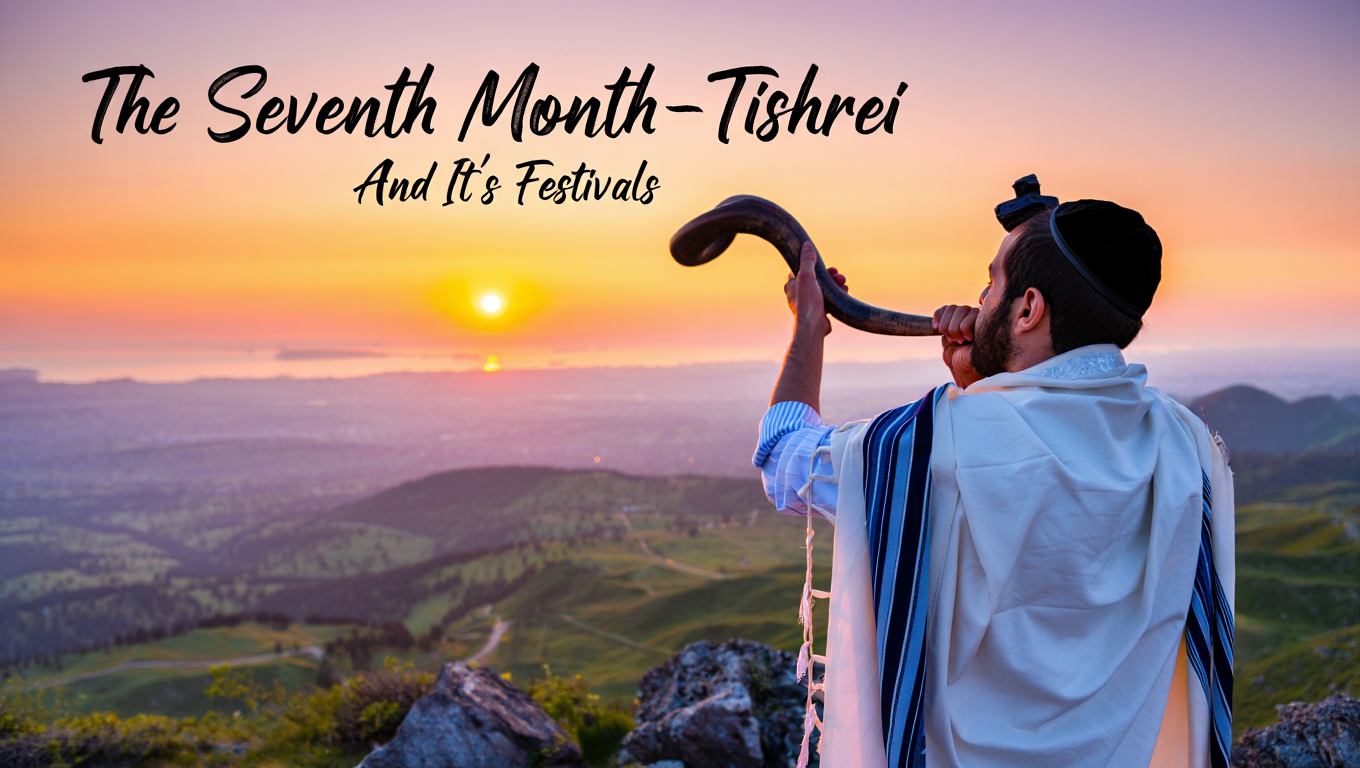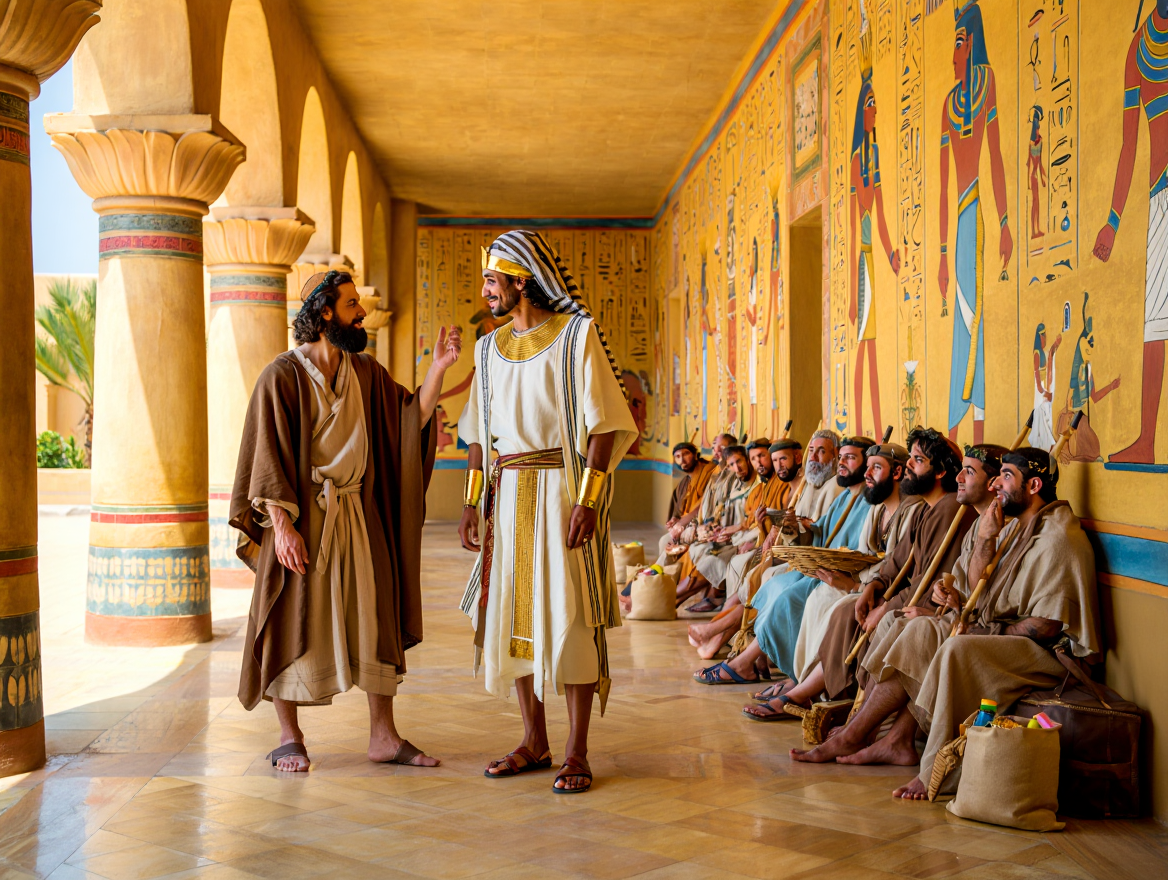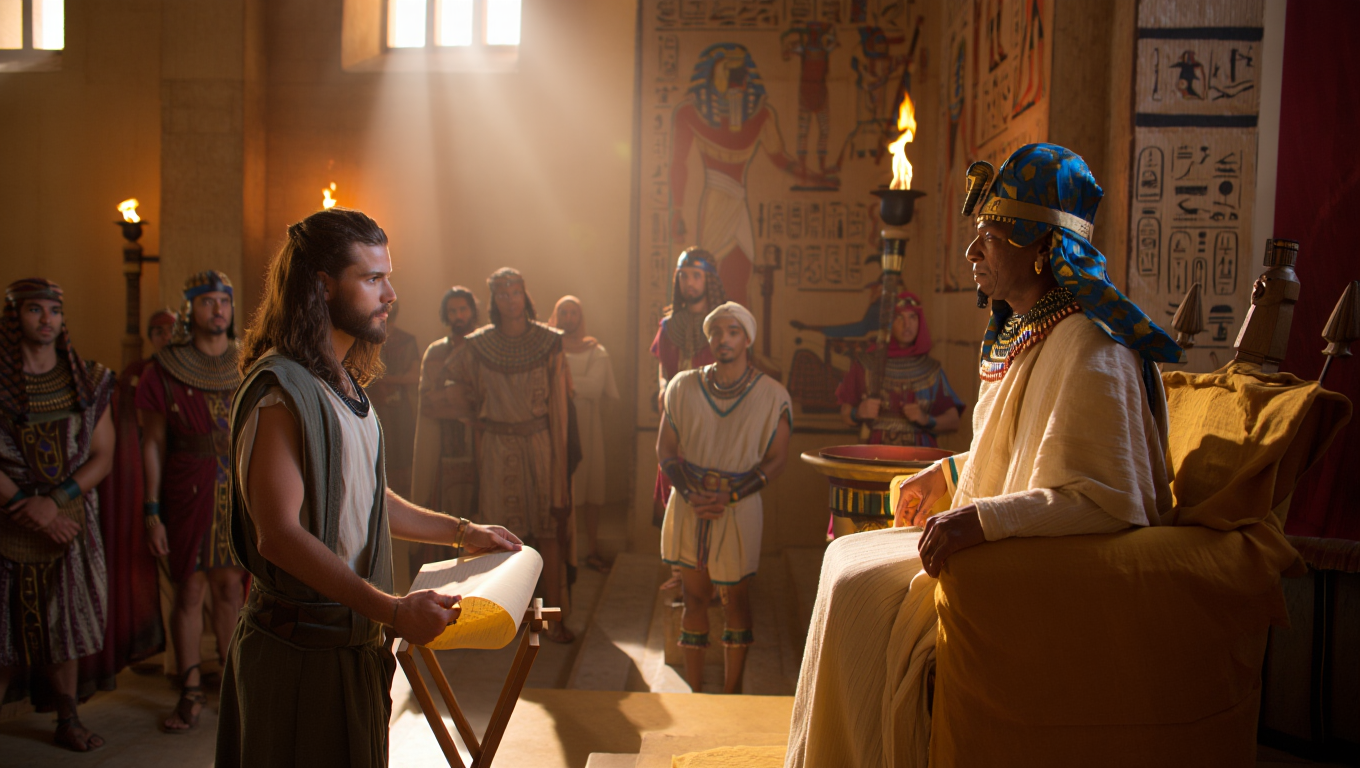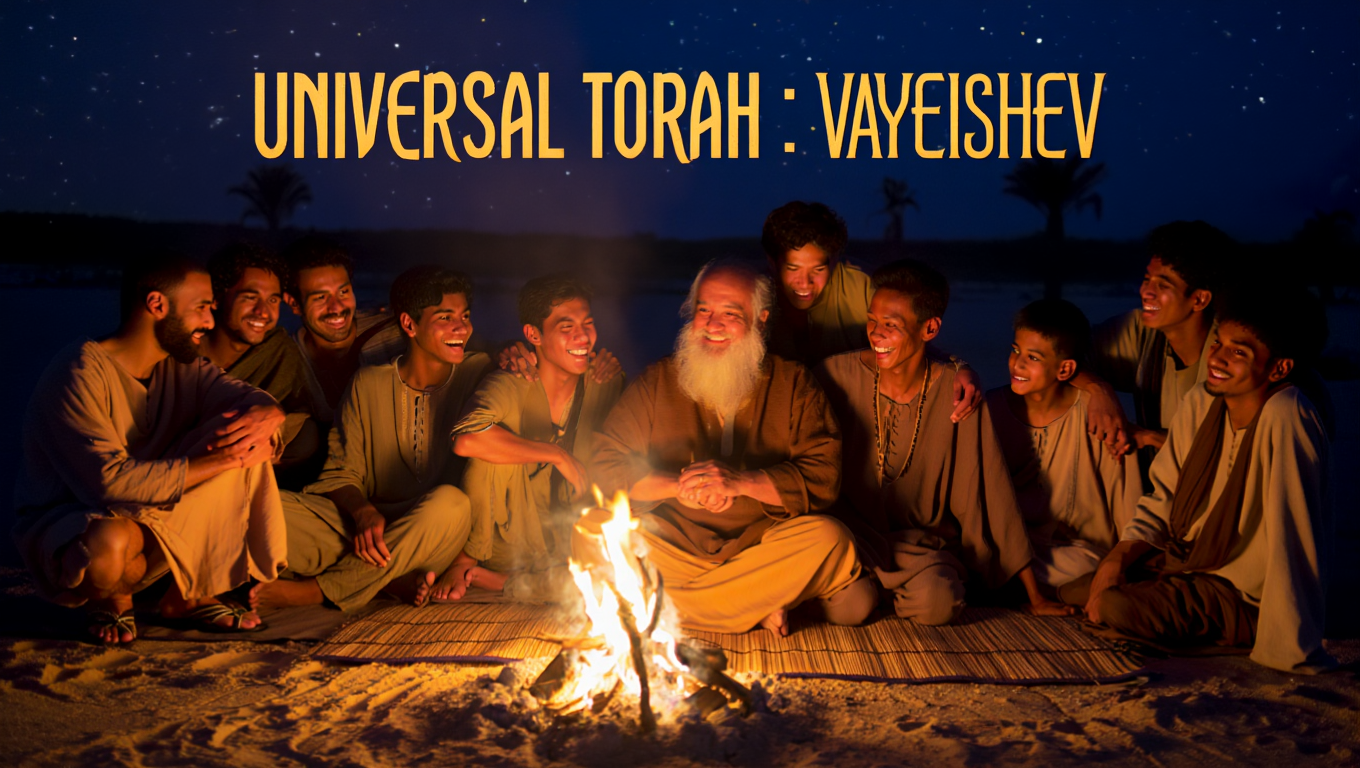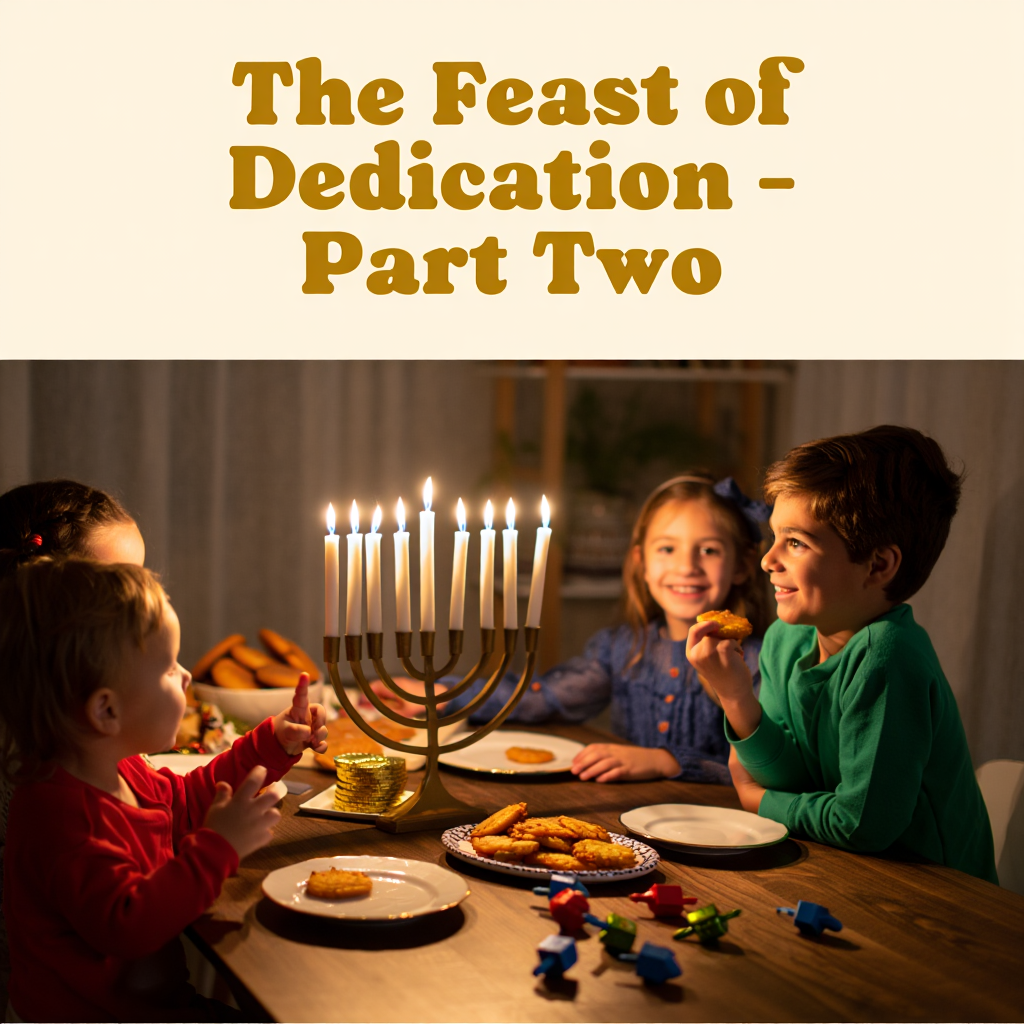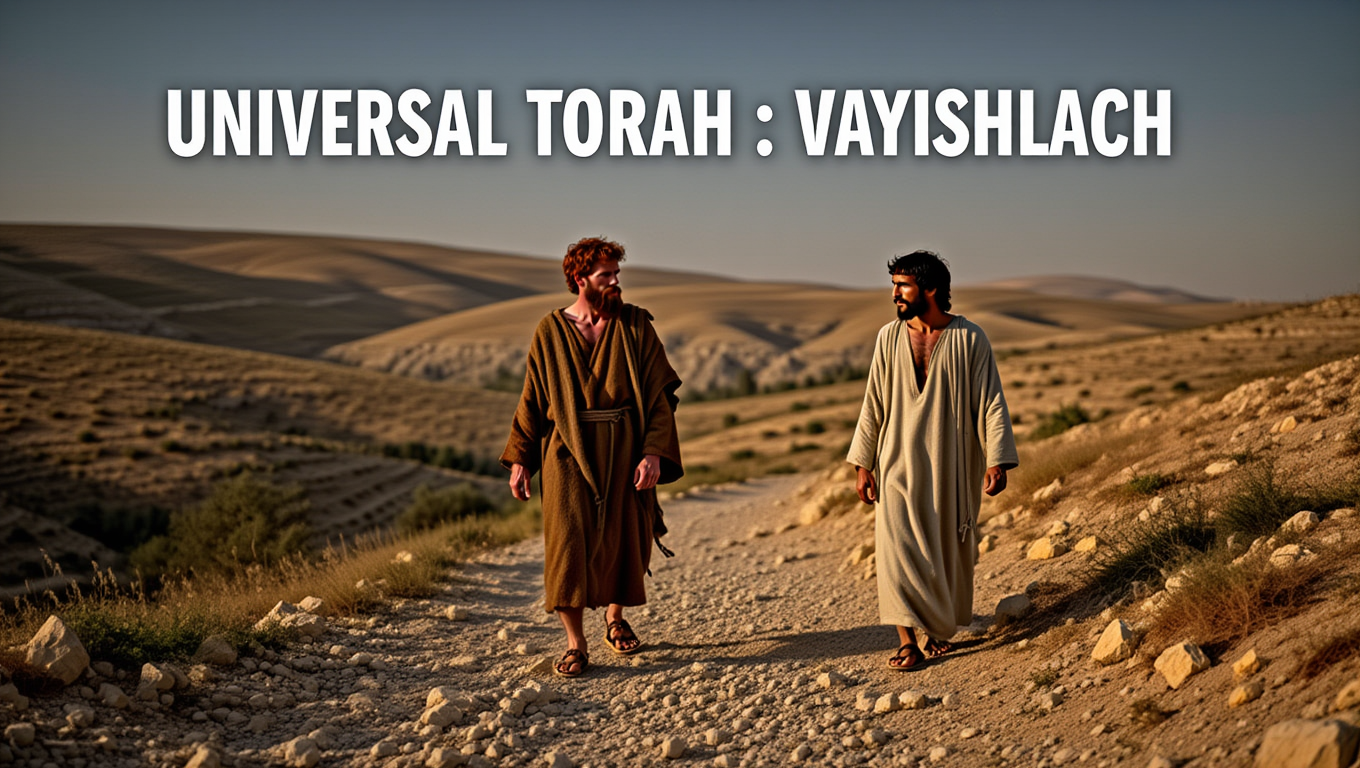Part One – A Season of Teshuvah, Return, and Renewal
Part of an ongoing series entitled Hidden Sparks Beneath the Surface
By Betty Tabor Givin aka Elisheva Tavor
Tishrei occurs during September/October on the Gregorian calendar. In Jewish thought, this season is associated with the term “High Holy Days. “This month has three major festivals: Rosh Hashanah, Yom Kippur, and Sukkot. Yet one of these festivals is not mentioned by name in the Torah.
This raises some questions: Why is neither the name of this month nor its first festival mentioned in the Torah? What is the connection to the forty days of t’shuvah and the blowing of the shofar beginning the first day of the previous month of Elul leading up to this special season and beyond? What is the central meaning behind it?
For answers, we will go first to biblical sources, and then determine how they relate to the Jewish traditions that have developed over the centuries.
Countless volumes have been written on this subject. Here, we will present a brief overview of the festival.
Through this process, we hope to discover more of those hidden sparks beneath the surface and become closer to the people we were created to be.
Origins—Tishrei, Rosh Hashanah, and Yom Teruah
In the Torah, Tishrei is simply referred to as the seventh month. This leads to the question, “Why is Tishrei called the Jewish New Year?” When HaShem redeemed His people from Egyptian slavery, didn’t He tell Moshe “this month [Aviv or Nisan] shall be to you the beginning of months; it shall be the first month of the year to you” (Exodus 12:2)?
That was in the spring, the month of Passover, when the children of Israel were redeemed from Egyptian slavery. In leaving Egypt (Mitzrayim, that “narrow place”) they began their journey toward a new life in the Promised Land as a unified people, bound in an eternal covenant with their G-d.
Yet for more than 2,000 years, the Jewish people have celebrated their new year, not in the month of Aviv or Nisan in the spring, but in the fall on the first day of Tishrei, the seventh month, in the festival called Rosh Hashanah (rosh, meaning “head,” and shanah, meaning “year”) Why is this? What is the meaning behind it?
There are several differing Jewish traditions. According to one, Rosh Hashanah marked the creation of the world and mankind (Babylonian Talmud, Rosh Hashanah 10b-11a), whereas the first of Aviv or Nisan marked the beginning of the Jewish people.
Rabbi Simon Jacobson explains, “Nisan is known to be the new year of the miraculous order, while Tishrei is the new year of the natural order.” He cites his reference as Ohr HaTorah, Bersheit 18bff (60 Days: A Spiritual Guide to the High Holidays, p. 209).
In the Mishnah, which includes both the Babylonian and the Jerusalem Talmud, the tractates on Rosh Hashanah suggest that Tishrei and Nisan were actually both recognized as the beginning of a new year and were among the four religious and civil new years.
Arthur Waskow suggests that the New Year of Aviv/ Nisan in the spring represents new life and a new beginning for the Jewish people, which involves freedom, in contrast to the New Year of Tishrei in the fall. Tishrei, he says, comes in the seventh month. And like the seventh day (Sabbath), he states that it has “overtones of renewal, not of newness; of refreshing the year, not of beginning it” (Seasons of Our Joy, p. 2).
This renewal is marked by the loud blast of the shofar, which traditionally began on the second day of the previous month of Elul, known as the month of t’shuvah, or return to HaShem. The biblical reference to the first day of the seventh month comes from an admonition in the book of Leviticus referred to as Yom Teruah, meaning “Day of Blowing.”
“And YHVH spoke unto Moses, saying, Speak to the children of Israel, saying: In the seventh month, on the first day of the month, shall you have a Sabbath, a memorial blowing of horns [זכרון תרועה], a holy gathering. You shall do no servile work…” (Leviticus 23:23-25).
The book of Numbers contains a similar instruction: “And in the seventh month, on the first day of the month, you shall have a holy gathering [mikrah kodesh]; you shall do no servile work; it is a day of blowing the horn [yom teruah] to you” (29:1).
Like other festivals, Yom Teruah, which came to be called Rosh Hashanah, had a very simple description in the Torah, as indicated above. But through the years it became multifaceted, with a plethora of Jewish traditions woven intricately into the fabric of the holiday, each designed to deepen our connection with HaShem, our Creator.
Replete with the symbols of apples and honey representing sweetness for the new year, round challah (special braided loaves of bread) representing the world and creation of mankind, decorative white covers on the bema and the Torah scrolls in the synagogues, plus white kittels (prayer robes) worn by the leaders of the prayer services and many of the congregants, this festival has long been a favorite time, yet a somber one, for Jewish families all over the world.
The Call of the Shofar
In thinking of Rosh Hashanah, one of the first images that comes to the minds of many is the piercing sound that comes from blowing the shofar. Its blast is a sound like no other, an eerie plaintive call that evokes an indescribable emotion; it goes straight to the core of the soul. The shofar is first mentioned in Exodus 19 when HaShem descended on Mt. Sinai to address His people and bring them into a covenant relationship with Him.
It has been suggested by Rabbi Schlita and others that if we listen carefully, we can still hear the tumultuous call of the shofar as it continues to reverberate around the world! Rabbi Moses ben Maimon (known as Maimonides or Rambam) was one of the greatest of the post-Talmudic rabbis. He states that there is a hidden message in the call of the shofar: “Wake up, sleepers, from your sleep! And slumberers arise from your slumber! Search your ways and return in Teshuvah. Remember your Creator!” (Mishneh Torah, Hilkot Teshuvah III.4).
Yaakov Astor states: “The shofar arouses the divine voice within, calling us back to our Source…it has an aura of awe and holiness about it. Its blast can shatter hearts of stone and wash away layers of complacency. Its call is capable of bringing us back to places inside ourselves impenetrable by any other means” (“Hearing the Shofar’s Call,” aish.com). Hearing the shofar is meant to help us remember and to return to the pure souls we were created to be—b’tzelem Elohim, in the very image of G-d!
The shofar is made from a ram’s horn, hollowed out, bent into shape, and held in an upward position as it is blown toward the heavens. Of itself, it is nothing special; it needs human breath to fulfill its purpose. When that breath is blown through it, the shofar has an amazing ability to break through and arouse emotions from the deepest recesses of the human heart as if it is crying out to its Creator—from our lips to G-d’s ears!
Author Moshe A. Braun, who writes concerning the Jewish holy days, states the following about the power of the shofar as its sound penetrates the hearts of its listeners and calls out to HaShem: “On Rosh Hashanah, as soon as we make our voice heard through the sound of the shofar, God had already listened” (The Jewish Holy Days: Their Spiritual Significance).
As we let the blast of the shofar penetrate our hearts and turn us to HaShem in t’shuvah, we are breaking through and shedding all the outer layers we have built around ourselves. We are attempting to return to who we really are—to the pure souls He created us to be!
On Rosh Hashanah the sound of the shofar evokes in our minds all the shofar sounds from the past to the present day and beyond. It takes us back to Sinai and to our covenant with HaShem and brings us forward to the future. It humbles us, fills us with awe and gives us hope.
The Central Message
This day is a shabbaton, a zikkaron, and a mikrah kodesh—a Sabbath, a remembrance, and a holy convocation. It is proclaimed by a teruah, a series of shofar blasts. It is a special day set apart like an “island in time.” It is a zikkaron, a memorial, a day designed to remind us of who HaShem is, who we are, and all He has done for us through the ages. It is a day of thanksgiving, reconnection, and rededication to Him. It is a festival day, yet a solemn one. It is a day proclaimed by the blast of the shofar as a holy gathering, one dedicated to HaShem, our G-d and Creator. It is a day of standing before Him, the King of Kings, and offering Him our highest praise through the “fruit of our lips” (Hosea 14:2).
It is a day of shutting out the noise of the world and going to that quiet place inside ourselves. It is a day of cheshbon hanefesh, a process that we began as we embraced the month of Elul. It is a time of taking stock of ourselves, both the good and the bad, and deciding to change what we need to change to become better people. It is a day that offers renewal, refreshing, and an opportunity for a new beginning.
As we listen to the plaintive call of the shofar, may we let its piercing tones shake us to the core of our being and cause us to return to our G-d in heartfelt t’shuvah. This message of return and renewal is expressed beautifully in the lyrics of the well-known high holiday song “Return Again,” by Rabbi Shlomo Carlebach, of blessed memory:
“Return again, return again, return to the land of your soul.
Return to what you are, return to who you are, return to where you are.
Born and reborn again…
Return again, return again, return to the land of your soul.”
As we begin this designated Jewish New Year, we will be entering an incredibly special ten-day period referred to as Yamin Nora’im, the “Days of Awe.” These days lead us up to the awesome day of Yom Kippur. As we listen to the clarion call of the shofar, may it reverberate through to our souls and remind us to seek HaShem with all our hearts and truly return again!

